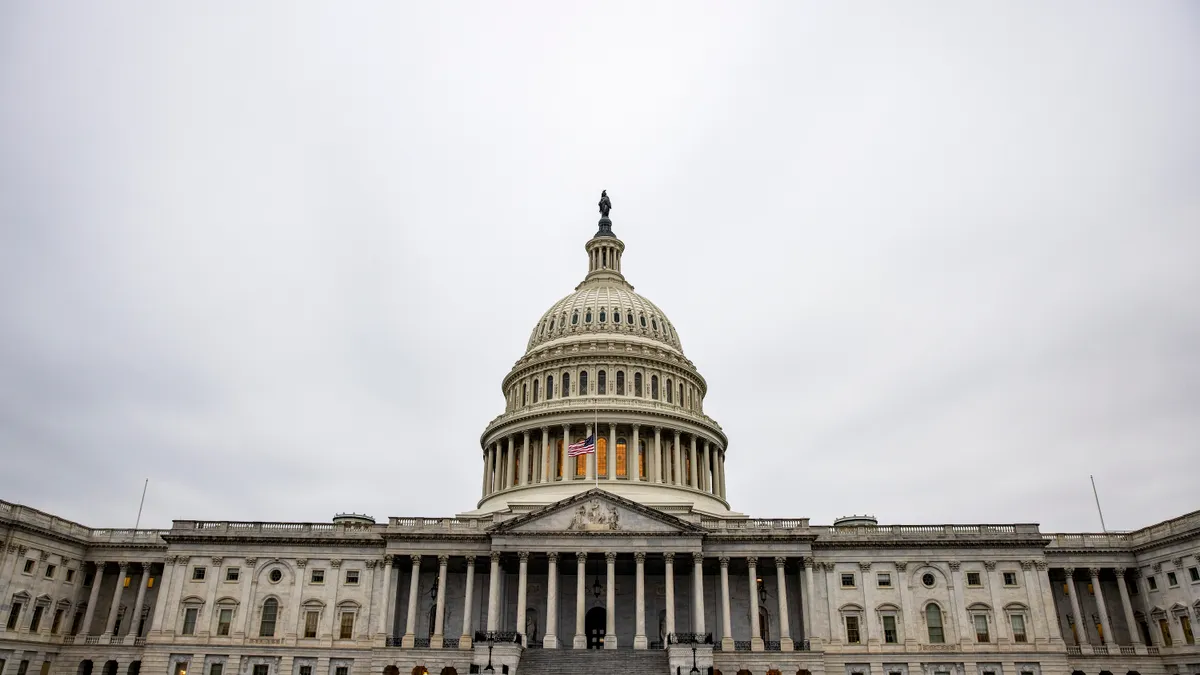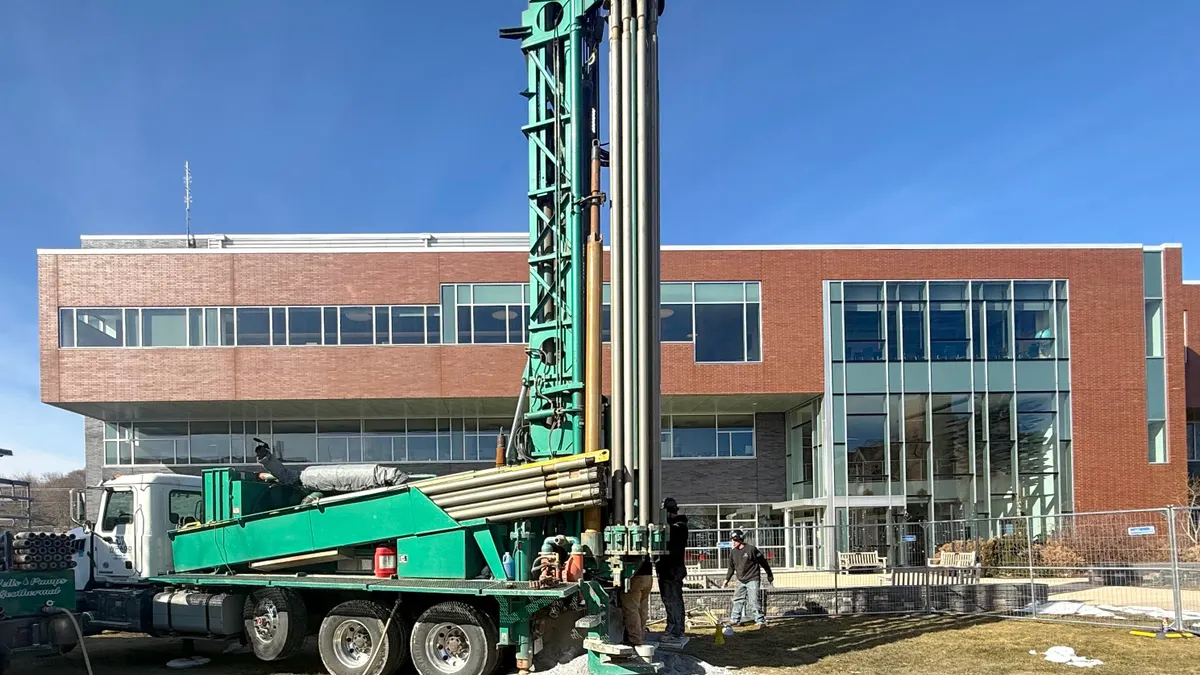Dive Brief:
- President Joe Biden on Saturday signed into law legislation that includes measures to address the federal government’s inefficient use of office space and draw federal employees back into the office.
- The legislation, part of the broader Thomas R. Carper Water Resources Development Act of 2024, or S. 4367, includes provisions to reform the U.S. General Services Administration, with a focus on improving how the agency manages federal real estate, according to a news release issued Monday by the House Transportation and Infrastructure Committee. Its members introduced pieces of the legislation targeting efficient federal office space utilization, accountability, federal building security and cut wasteful government spending on unused, leased office space, the committee said.
- “Under the law, the presidential administration has 60 days to plan how this will be implemented,” a T&I Committee spokesperson said. “Generally speaking, in the first year, agencies will be tasked with measuring utilization and occupancy. If under 60%, agencies must take corrective action in year two. This can come in various forms, such as selling, space consolidation [or] signing a smaller lease.” The 60% occupancy threshold will remain in place after two years, the spokesperson added.
Dive Insight:
Inconsistent office space utilization benchmarks have long plagued federal agencies, a problem exacerbated by a shift to telework during the COVID-19 pandemic. While hybrid working models continue to evolve in the public sector, remote work remains prevalent among a significant proportion of federal employees. As of May 2024, about 46% of federal employees have been in roles eligible for telework and those workers spent a little over 61% of regular working hours onsite at agency-assigned job sites, with noticeable variation among agencies, the OMB said in a report submitted to Congress in August.
Despite changing work patterns, the federal government is incurring nearly $8.1 billion annually on office space it owns or leases, OMB reported in August. At least four federal departments, including Defense, Agriculture, Commerce and Energy, said they are gearing up to downsize their office footprints collectively by millions of square feet in the next several years.
Under the new law, S. 4367, “GSA has to keep Congress informed about money spent on space it’s not using,” the T&I Committee spokesperson said.
Approved GSA reforms include setting space occupancy standards to draw federal workers back to the office or lose space, with the GSA and OMB required to implement a standard methodology of measuring occupancy and utilization of public buildings, according to the T&I Committee’s news release.
The legislation also directs the consolidation and sale of underused space and the disposition of certain unused properties and increases the number of federal properties the Public Buildings Reform Board recommends for sale or redevelopment.
Another key facet of the legislation involves strengthening congressional oversight and public accountability of federal real estate projects, the T&I Committee said in the release. S.4367, for instance, mandates a review of GSA’s Public Buildings Service staffing structure and funding, requiring the U.S. Government Accountability Office to submit a report to Congress that addresses these aspects. The legislation also aims to boost transparency of public building projects and leases, including cost overruns and the impact of crime on building use.
These reforms may ease operational burdens for facilities managers, according to the T&I Committee spokesperson. Consolidating and selling underused space could reduce maintenance budgets or staffing demands, while the increased transparency requirements could provide facilities managers leverage in addressing project delays and cost overruns, the spokesperson said.
As part of the groundwork for these changes, the House passed legislation last March that required agencies to trim or consolidate federal office space, if building utilization dropped below 60%.
The broader act authorizes and modifies U.S. Army Corps of Engineer projects, such as those involving flood mitigation, wildlife conservation and port maintenance.












